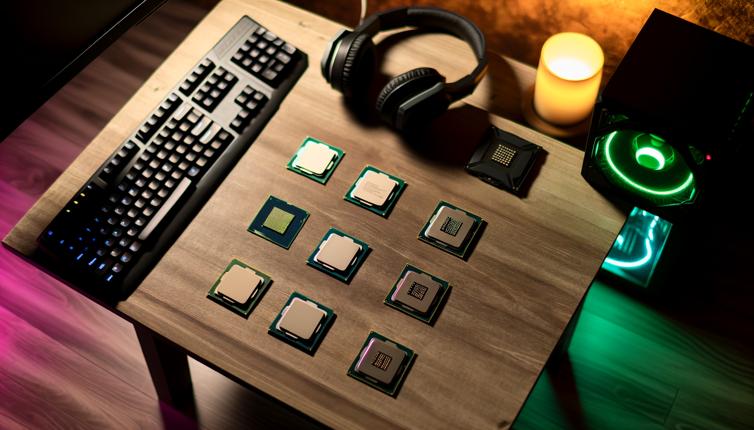Types of Keyboards
Standard Keyboards: These are the most common type of keyboard, with a layout that is familiar to most users. They typically include a number pad, function keys, and multimedia keys.,Compact Keyboards: These keyboards have a smaller form factor and omit certain keys, such as the number pad. They are ideal for those with limited desk space or who prefer a more minimalist design.,Ergonomic Keyboards: Designed with ergonomics in mind, these keyboards have a split layout and often feature a curved design. They are intended to reduce strain on the wrists and promote a more natural hand position.,Mechanical Keyboards: These keyboards use individual mechanical switches beneath each key. They offer a satisfying tactile feedback and are highly durable, but they can be louder and more expensive than other types.
Features to Consider
Layout: Consider the layout that you are most comfortable with. This includes factors such as key spacing, key size, and key travel distance.,Connectivity: Decide whether you prefer a wired or wireless connection. Wireless keyboards offer more flexibility, but wired keyboards tend to have lower latency.,Backlighting: If you often work in low-light environments, consider a keyboard with backlighting. This can make it easier to locate keys and create an aesthetic effect.,Programmability: Some keyboards allow you to customize the function of each key. This can be useful for power users or gamers who want to create shortcuts or macros.,Compatibility: Ensure that the keyboard you choose is compatible with your operating system and any specific software you use.,Extras: Consider additional features such as built-in wrist rests, USB ports, or multimedia controls that may enhance your typing experience.
Choosing the Right Keyboard
Consider your needs and preferences: Think about the tasks you will be using the keyboard for and any specific requirements you may have.,Try before you buy: If possible, test out different keyboards in person to get a feel for the key switches, layout, and overall comfort.,Read reviews: Look for reviews from other users to get an idea of the keyboard's build quality, performance, and durability.,Set a budget: Determine how much you are willing to spend and prioritize features based on your budget.,Consider the warranty: Check the warranty coverage and terms to ensure that you are protected in case of any defects or issues with the keyboard.
Conclusion
Choosing the right keyboard is a personal decision that depends on your individual needs and preferences. By considering factors such as keyboard types, features, and your specific requirements, you can find a keyboard that enhances your productivity and comfort. Whether you opt for a standard keyboard, an ergonomic design, or a mechanical switch, the key is to find a keyboard that feels right for you.








